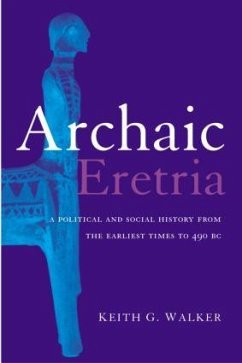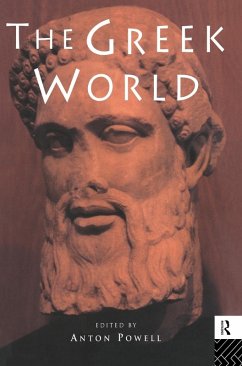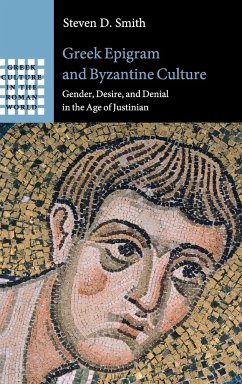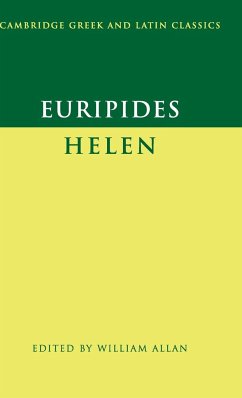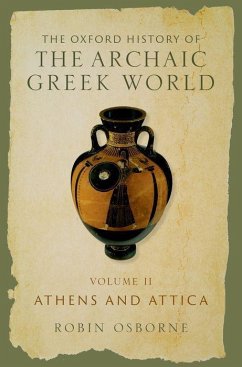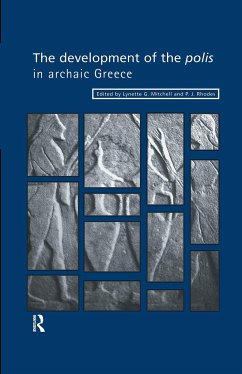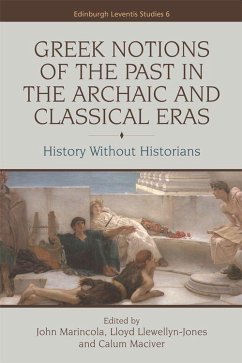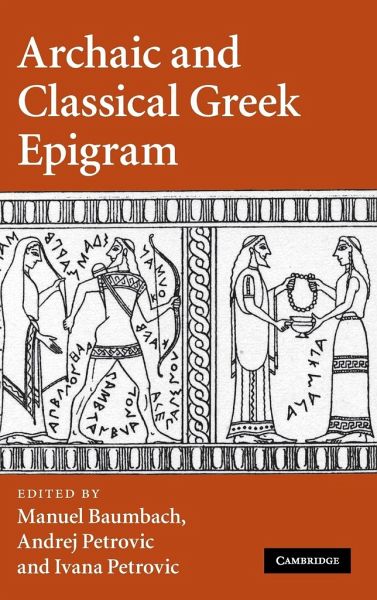
Archaic and Classical Greek Epigram
Versandkostenfrei!
Versandfertig in 1-2 Wochen
133,99 €
inkl. MwSt.

PAYBACK Punkte
67 °P sammeln!
With contributions written by leading experts in the field, this volume explores the dialogue between Archaic and Classical Greek epigrams and their readers. The authors examine questions surrounding the identity of the speakers and the addressees. They also discuss the spatial, religious, historical and political contexts of epigram, as well as aspects of intertextuality, poetic variation and the creation of epigrammatic sub-genres. Collectively the volume demonstrates that the dominant view of epigram as a genre that became literary and artistic only in the Hellenistic period has to be revis...
With contributions written by leading experts in the field, this volume explores the dialogue between Archaic and Classical Greek epigrams and their readers. The authors examine questions surrounding the identity of the speakers and the addressees. They also discuss the spatial, religious, historical and political contexts of epigram, as well as aspects of intertextuality, poetic variation and the creation of epigrammatic sub-genres. Collectively the volume demonstrates that the dominant view of epigram as a genre that became literary and artistic only in the Hellenistic period has to be revised. Archaic and Classical Greek epigrams did not simply serve the objects they describe but also demonstrate a high degree of aesthetic and literary achievement. This volume breaks new ground in the study of the genre and is important for scholars of classics, archaeology, epigraphy and papyrology.





